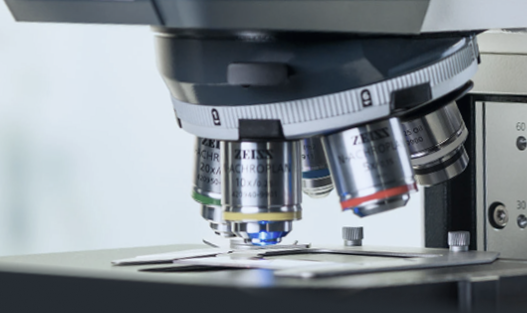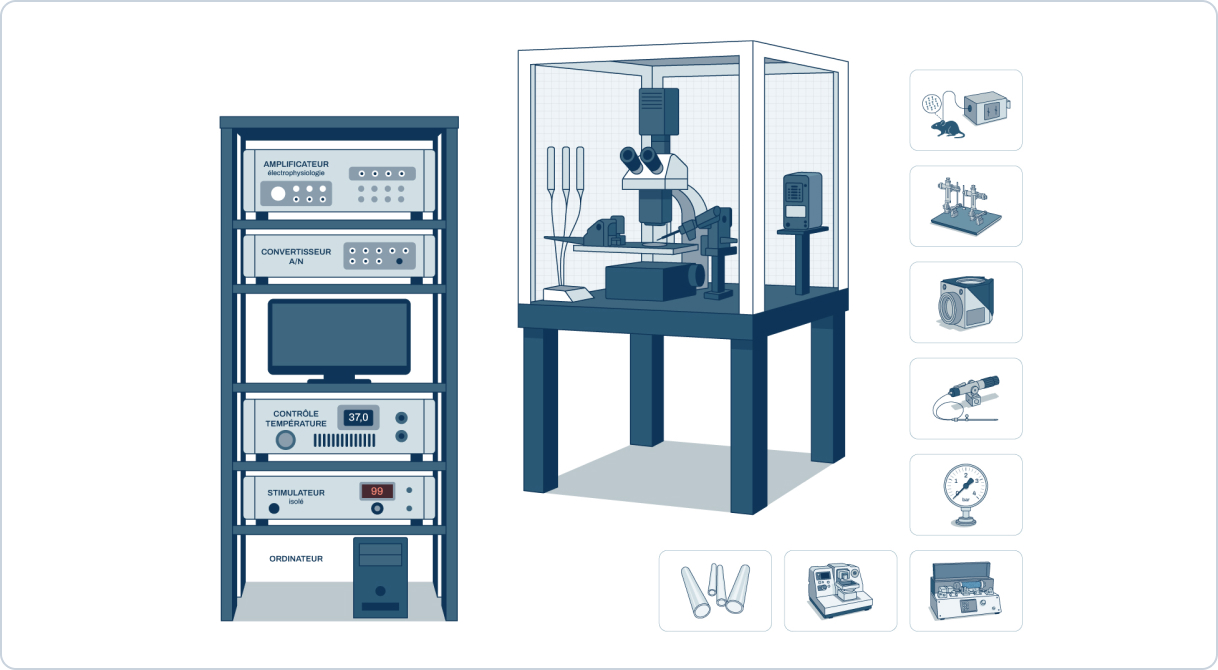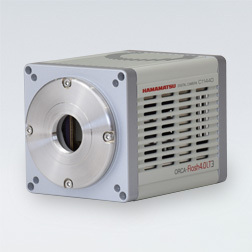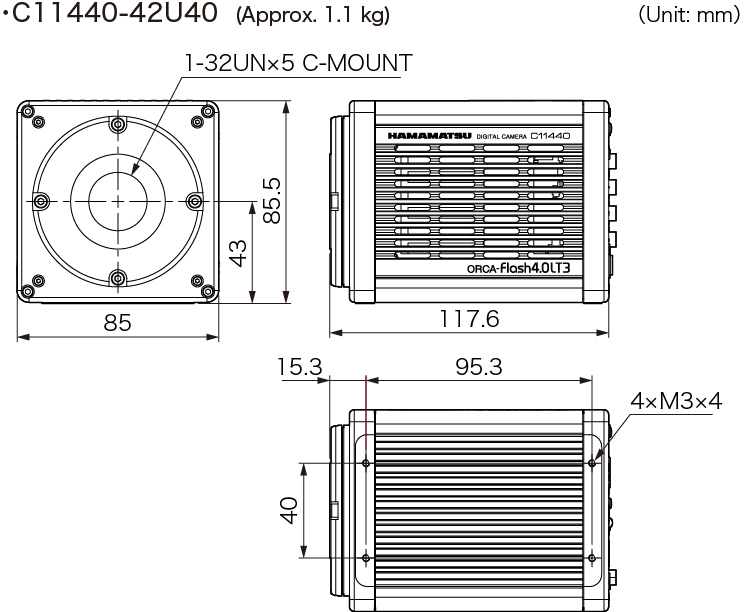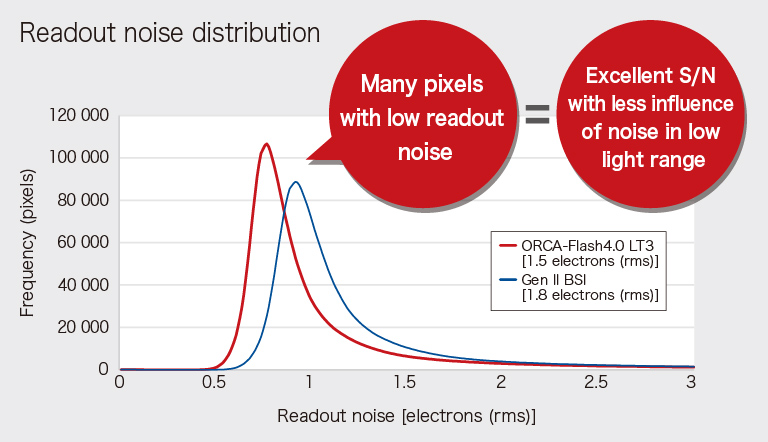Orca FLASH 4.0LT3 Monochrome Camera Hamamatsu
4.2-megapixel CMOS scientific digital camera with low read noise, high resolution and wide field of view, designed for multidimensional fluorescence imaging. The ORCA-Flash4.0 LT3 camera is a high-performance solution for fluorescence imaging, ideal for life science applications and equipment integration. Its scientific CMOS sensor offers very low read noise (1.5 electron rms) and excellent quantum efficiency (up to 82%), enabling high-quality acquisitions even in very low light. Thanks to its high readout speed (up to 40 fps at full resolution) and wide 13.3 × 13.3 mm field of view, it is ideally suited to techniques such as multi-dimensional imaging, long time-lapse and DNA chip reading.
Features of the Hamamatsu Orca FLASH 4.0LT3 Monochrome
- Backlit scientific CMOS sensor, 2048 × 2048 pixels, 6.5 µm
- Very low read noise: 1.5 electrons rms (0.9 median)
- High quantum efficiency: up to 82% (peak)
- Dynamic range: 33,000:1 (typical)
- Playback speed: up to 40 fps at full resolution
- Wide field of view: 13.3 × 13.3 mm
- Forced air cooling to +10°C
- USB 3.1 Gen 1 interface
- Advanced trigger modes: edge, level, global reset
- Compatible with Hamamatsu software and APIs
Technical specifications of the Monochrome Orca FLASH 4.0LT3 Hamamatsu
| Caractéristique | Valeur |
|---|---|
| Sensor | Scientific CMOS |
| Resolution | 2048 × 2048 pixels |
| Pixel size | 6.5 × 6.5 µm |
| Effective area | 13.3 mm × 13.3 mm |
| Saturation capacity | 30,000 electrons |
| Playback noise (standard) | 1.5 e- rms / 0.9 e- median |
| Quantum efficiency | 82% (peak around 550 nm) |
| Dynamic range | 33,000:1 (median) |
| Max speed (full resolution) | 40 fps (rapid rolling) / 30 fps (standard) |
| Exposure time | from 0 µs to 10 s (variable resolution) |
| Interface | USB 3.1 Gen 1 |
| Frame | C-mount |
| Weight | Approx. 1.1 kg |
| Dimensions | 117.6 × 95.3 × 85 mm |
| Cooling | Forced air + Peltier (+10 °C) |
Applications
- Multidimensional fluorescence imaging
- Time-lapse imaging with low phototoxicity
- Calcium imaging (Ca²⁺)
- Reading of DNA chips
- Integration into automated imaging systems
